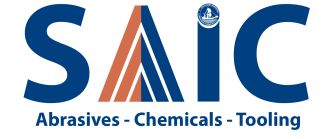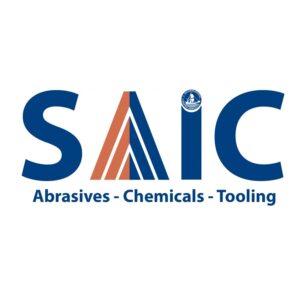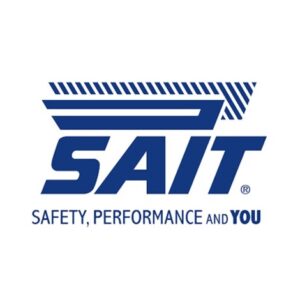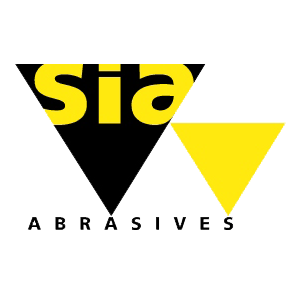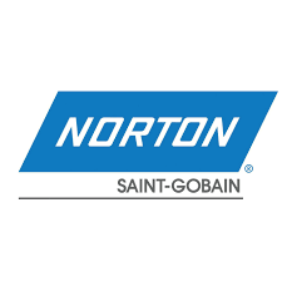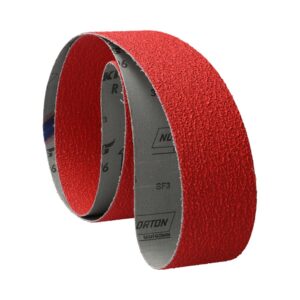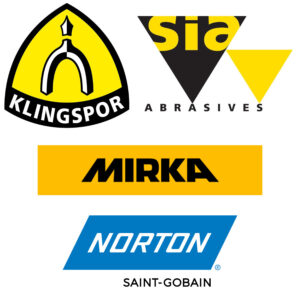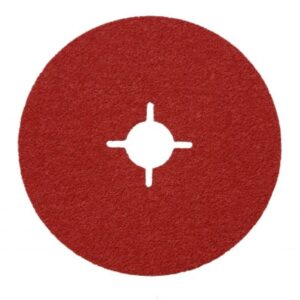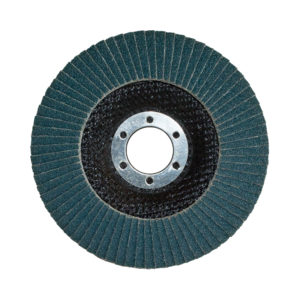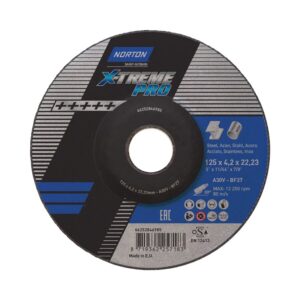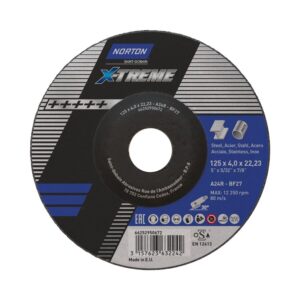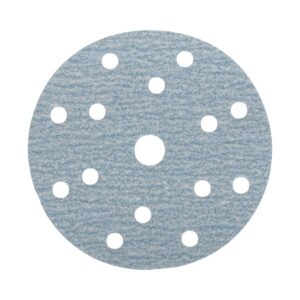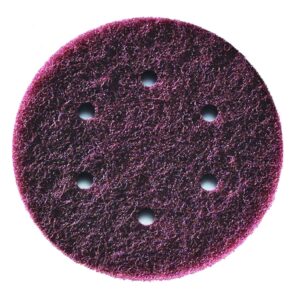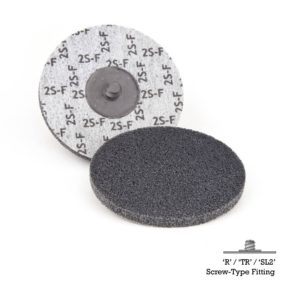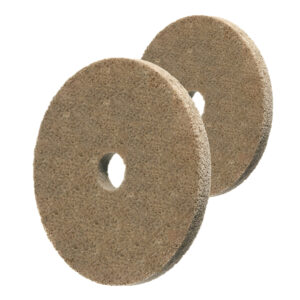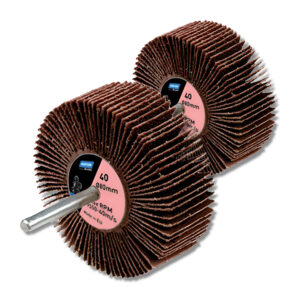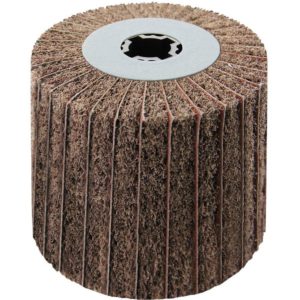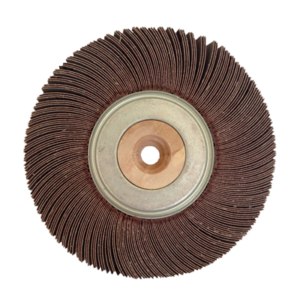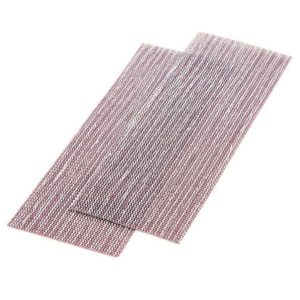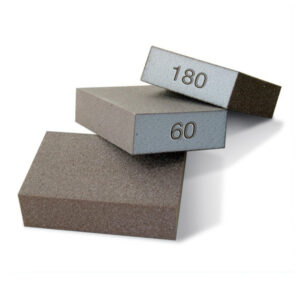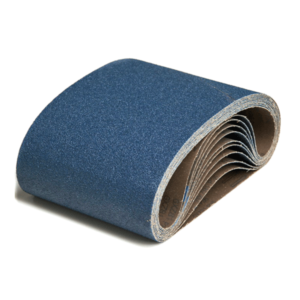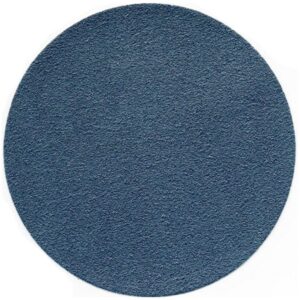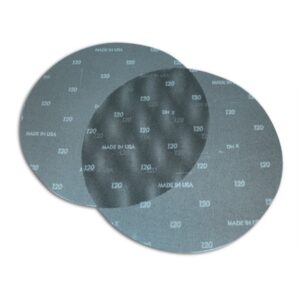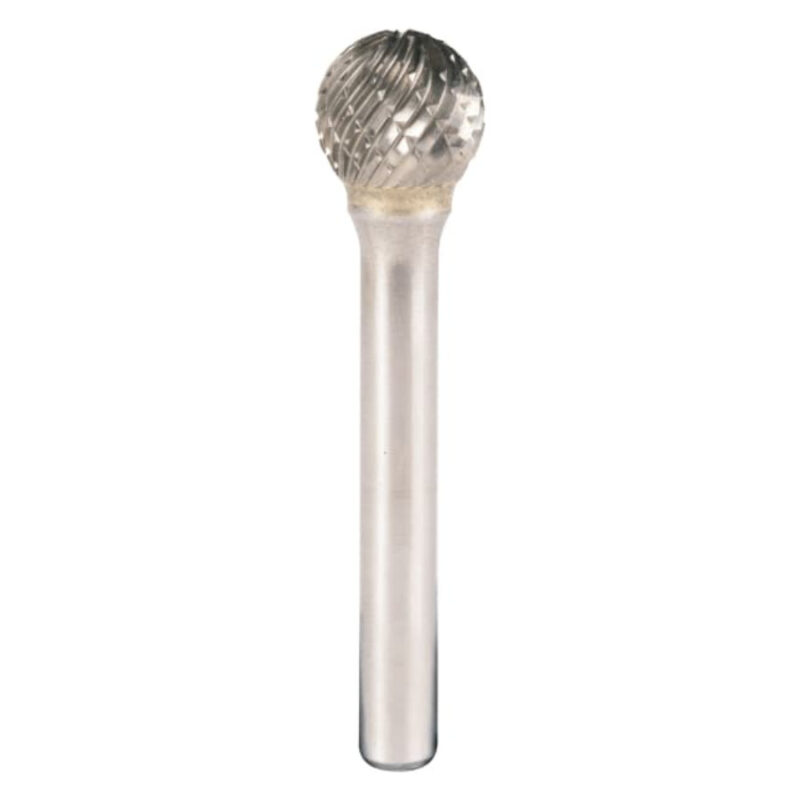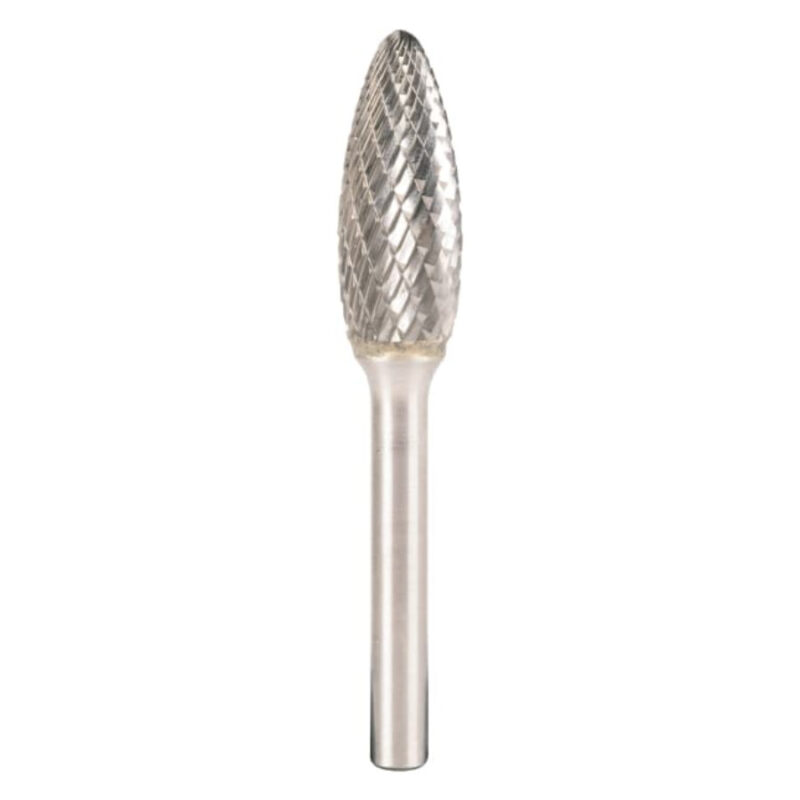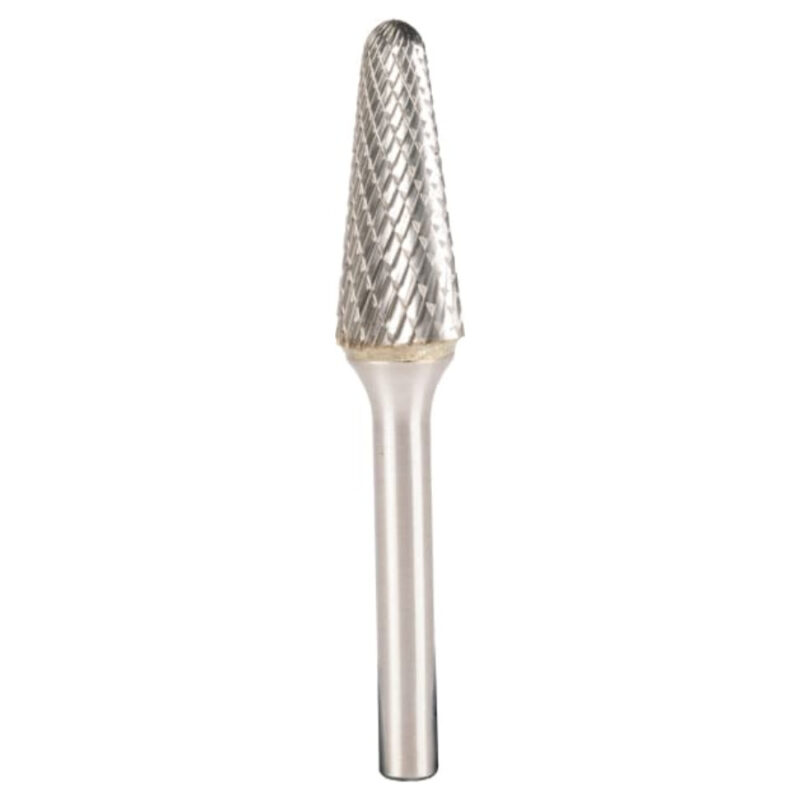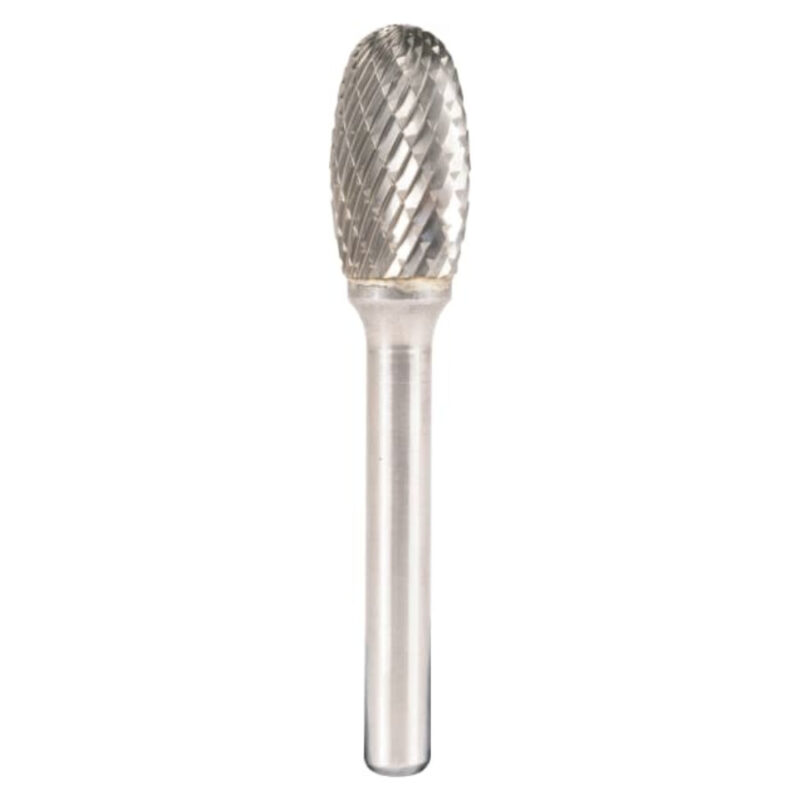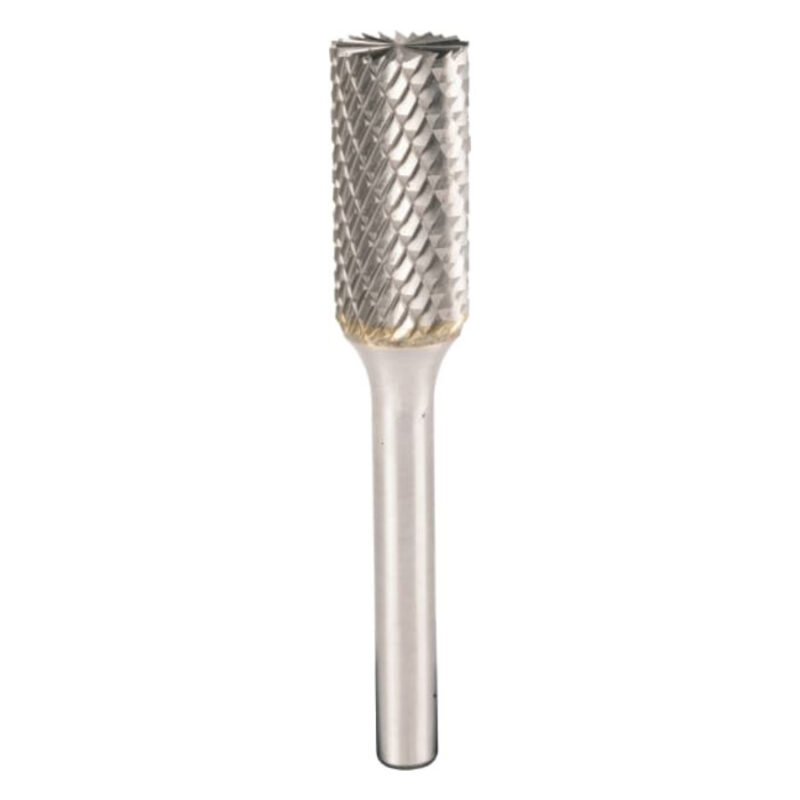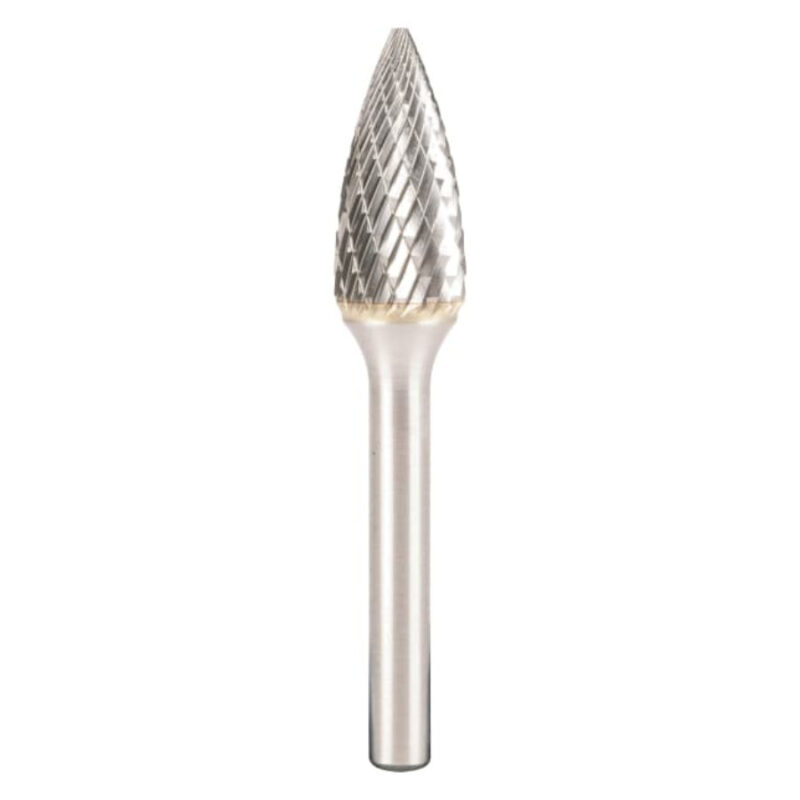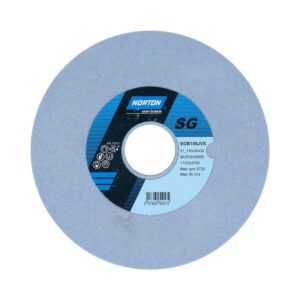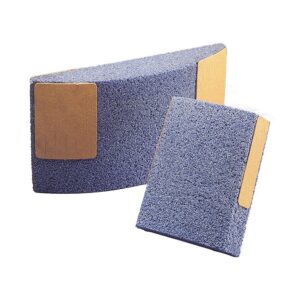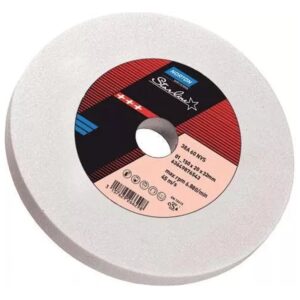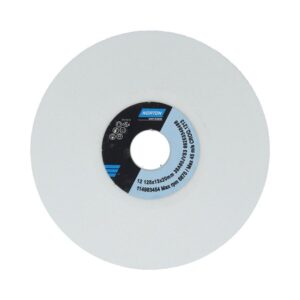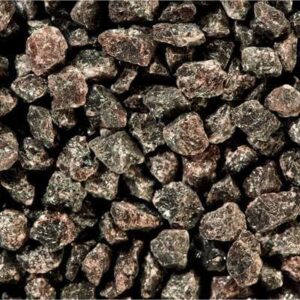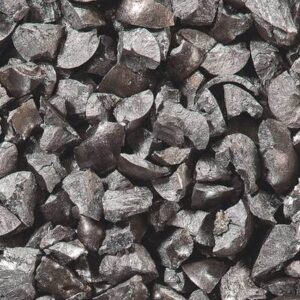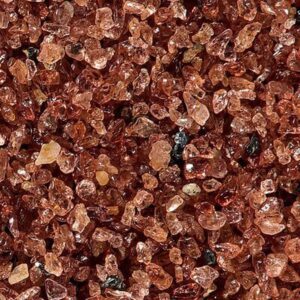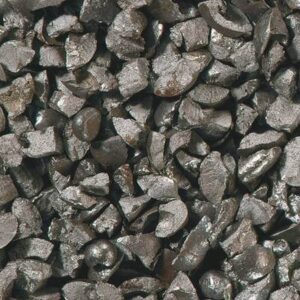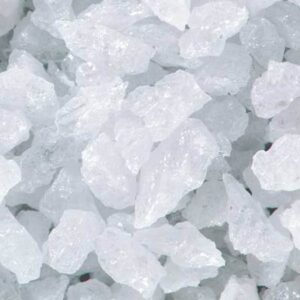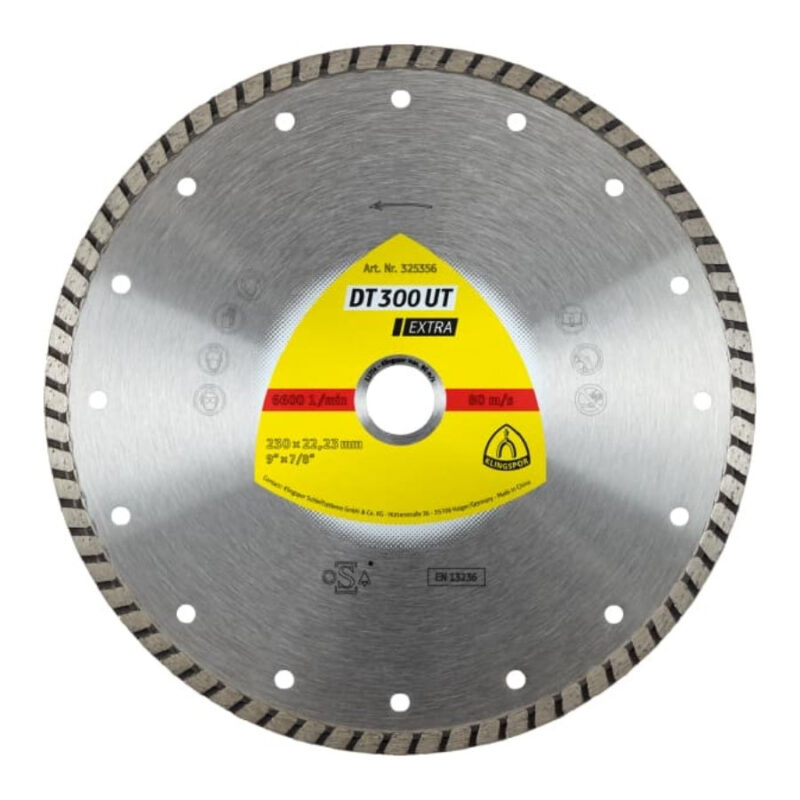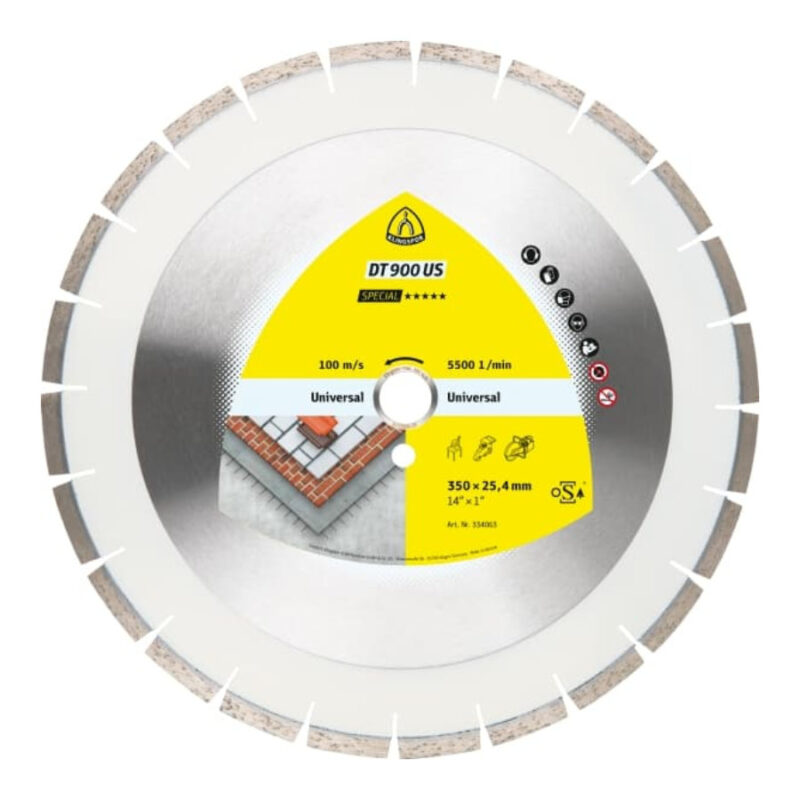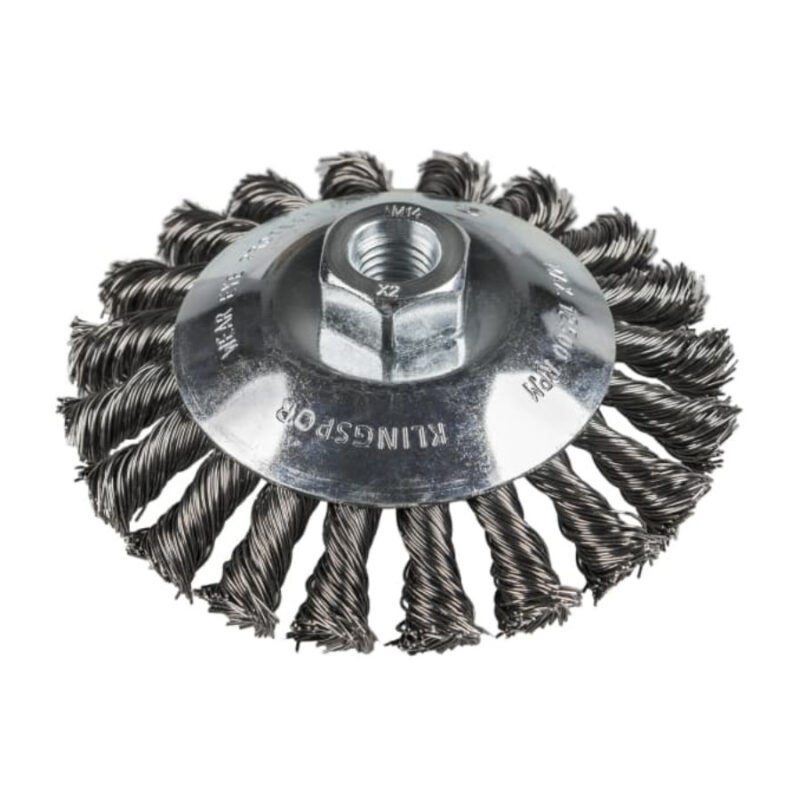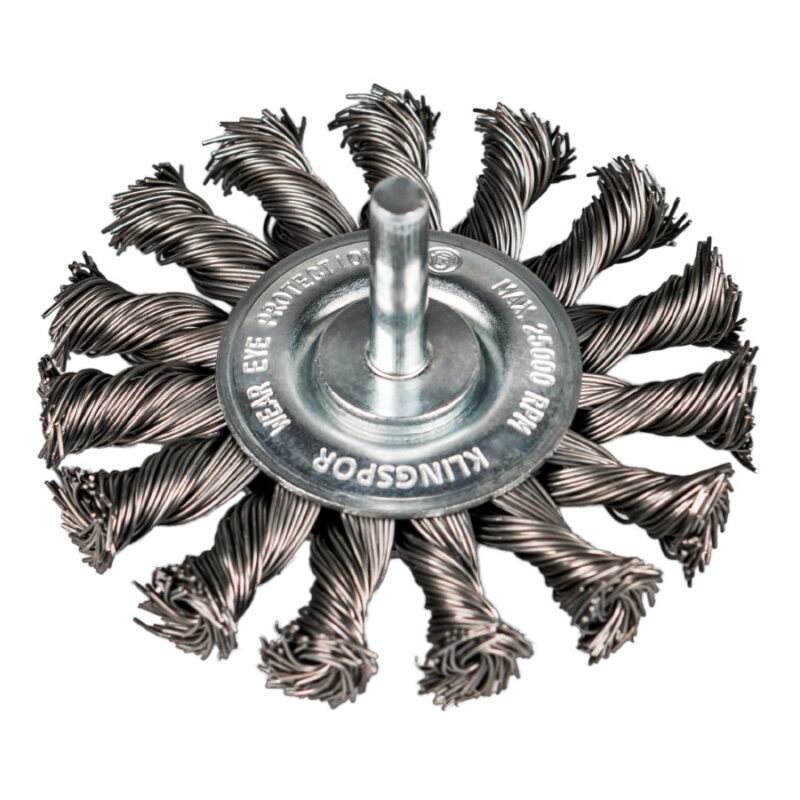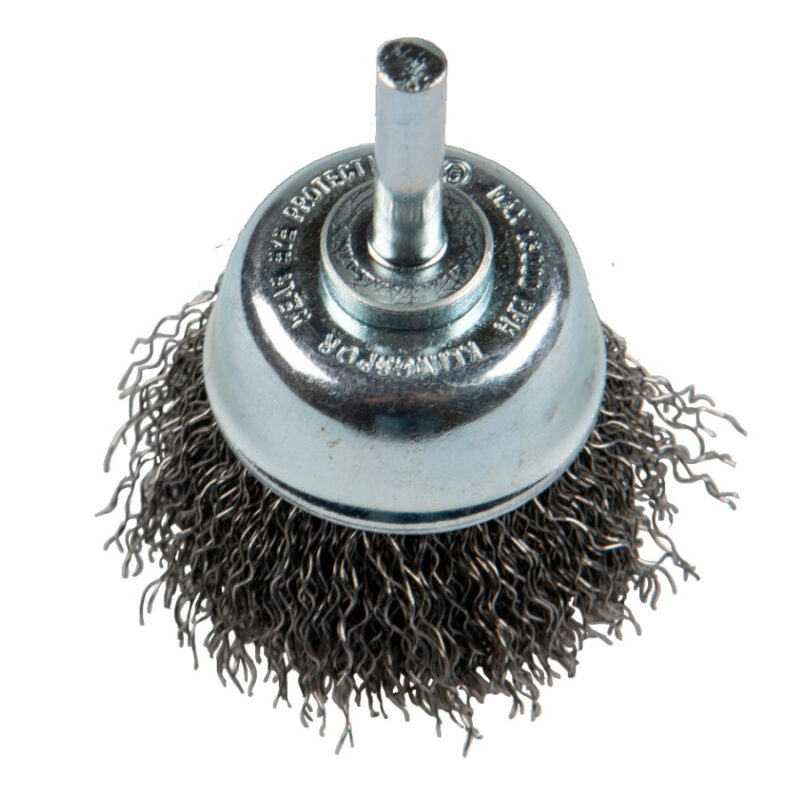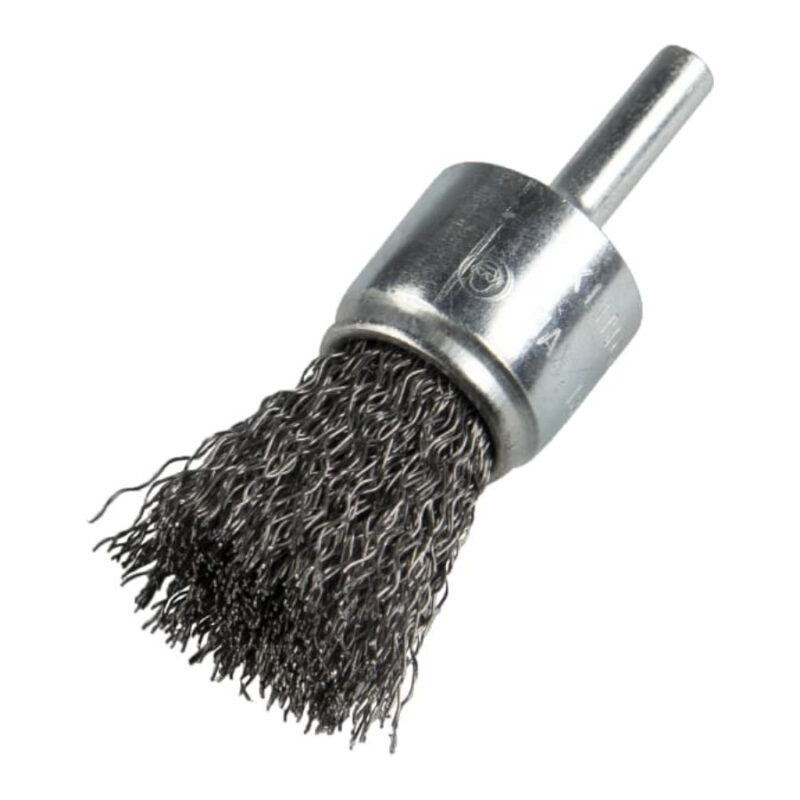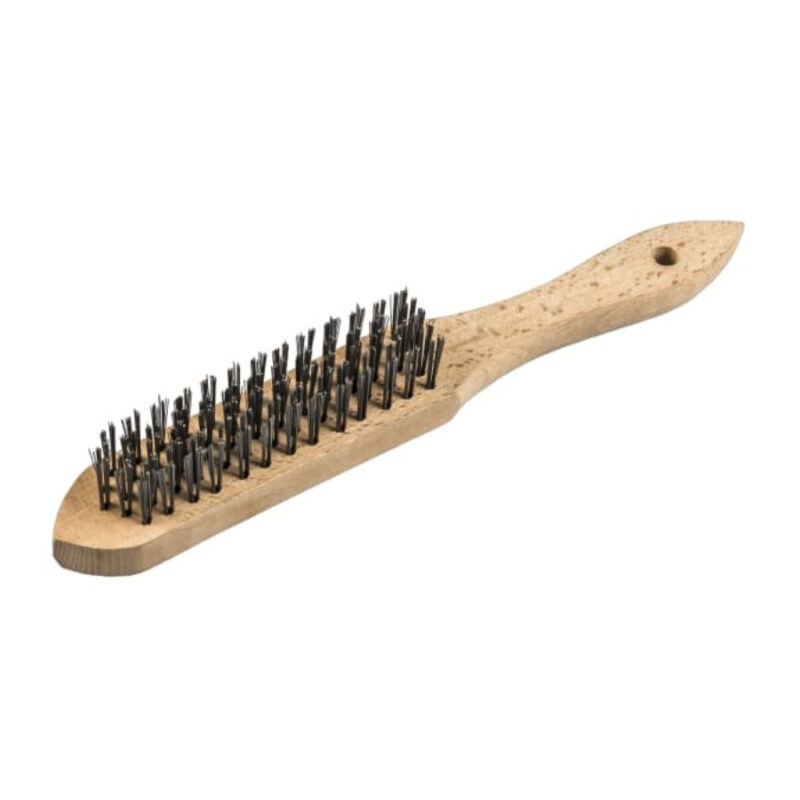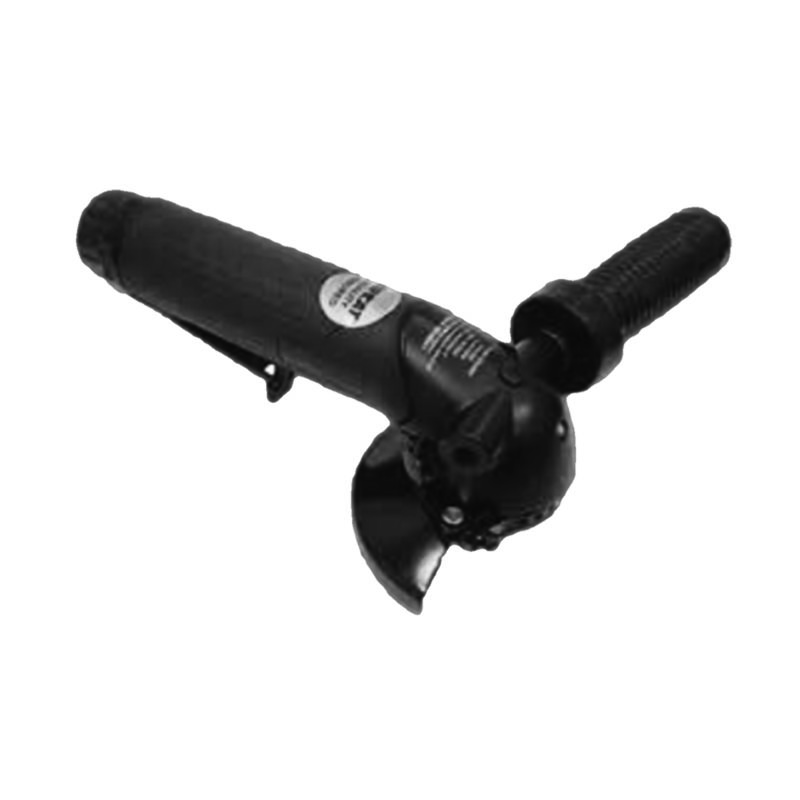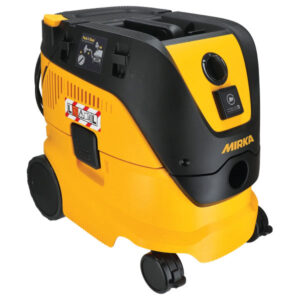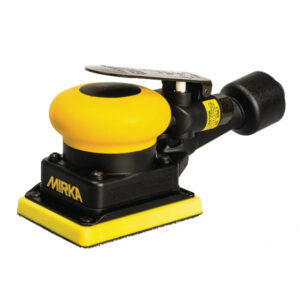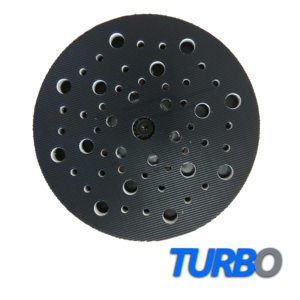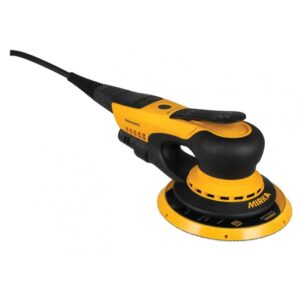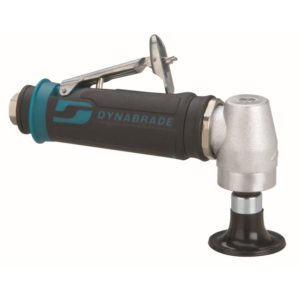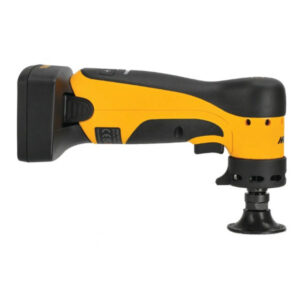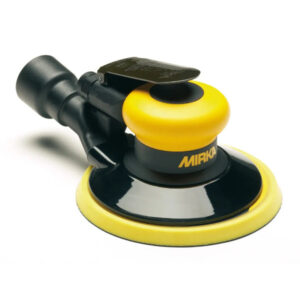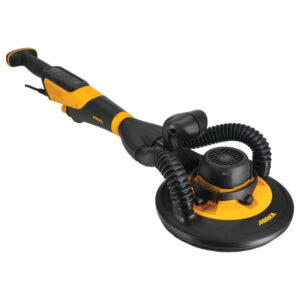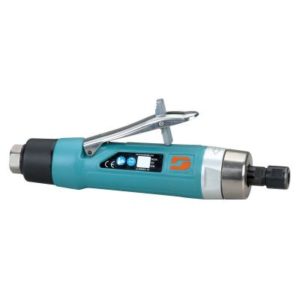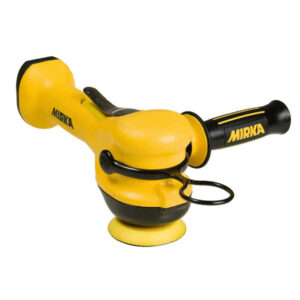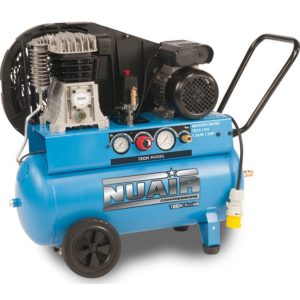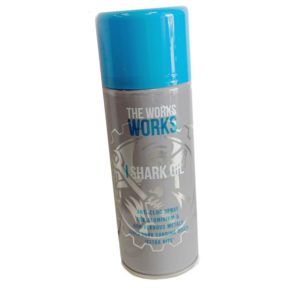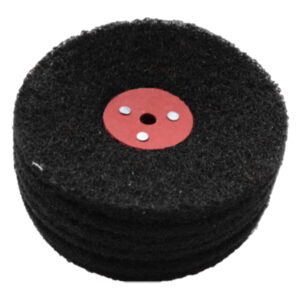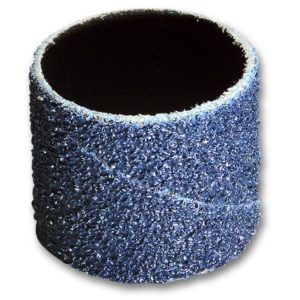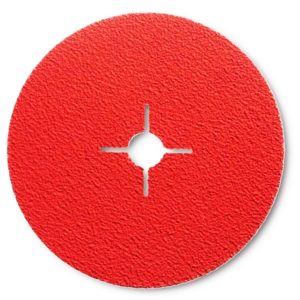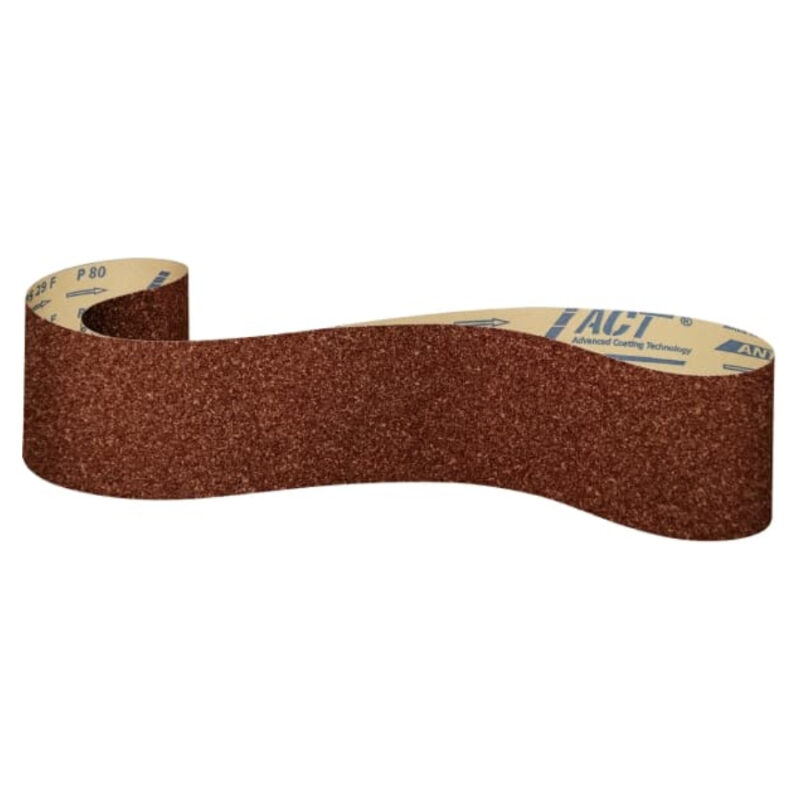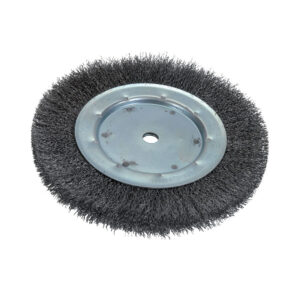Hand-Arm Vibration Syndrome (HAVS)
Hand-arm vibration syndrome (HAVS) is a common condition that affects workers who use vibrating tools, including pneumatic tools used in the abrasives industry. The condition can cause a range of symptoms, including pain, tingling, numbness, and loss of dexterity in the hands and arms. If left untreated, HAVS can lead to permanent disability.
Pneumatic tools are commonly used in the abrasives industry because they are powerful and versatile. However, they also generate a lot of vibration, which can lead to HAVS if workers are not protected. To prevent HAVS, it is important to understand the risks and take steps to minimize them.
The main risk factor for HAVS is the frequency and intensity of vibration generated by pneumatic tools. The higher the frequency and intensity, the greater the risk of developing the condition. The length of time a worker is exposed to vibration is also a factor.
To reduce the risk of HAVS, it is important to use the right tool for the job. Some pneumatic tools generate more vibration than others, so it is important to choose a tool that produces as little vibration as possible while still being effective for the task at hand. It is also important to use the tool correctly and maintain it properly to reduce vibration.
Another way to reduce the risk of HAVS is to provide workers with anti-vibration gloves. These gloves have padding in the palm and fingers to absorb some of the vibration generated by the tool. While anti-vibration gloves can help reduce the risk of HAVS, they should not be relied on as the sole means of protection.
Regular breaks can also help reduce the risk of HAVS. Workers should take frequent breaks from using pneumatic tools to allow their hands and arms to rest and recover. During breaks, workers can perform stretching exercises to improve circulation and reduce stiffness in the hands and arms.
In addition to these measures, it is important to monitor workers for symptoms of HAVS. Early diagnosis and treatment can help prevent the condition from progressing and causing permanent damage. Workers who experience symptoms of HAVS should seek medical attention and report their symptoms to their employer.
In conclusion, hand-arm vibration is a serious health risk for workers who use pneumatic tools in the abrasives industry. To reduce the risk of HAVS, it is important to use the right tool for the job, maintain it properly, provide workers with anti-vibration gloves, take frequent breaks, and monitor workers for symptoms. By taking these steps, employers can help protect their workers from this debilitating condition and ensure a safe and healthy workplace.
